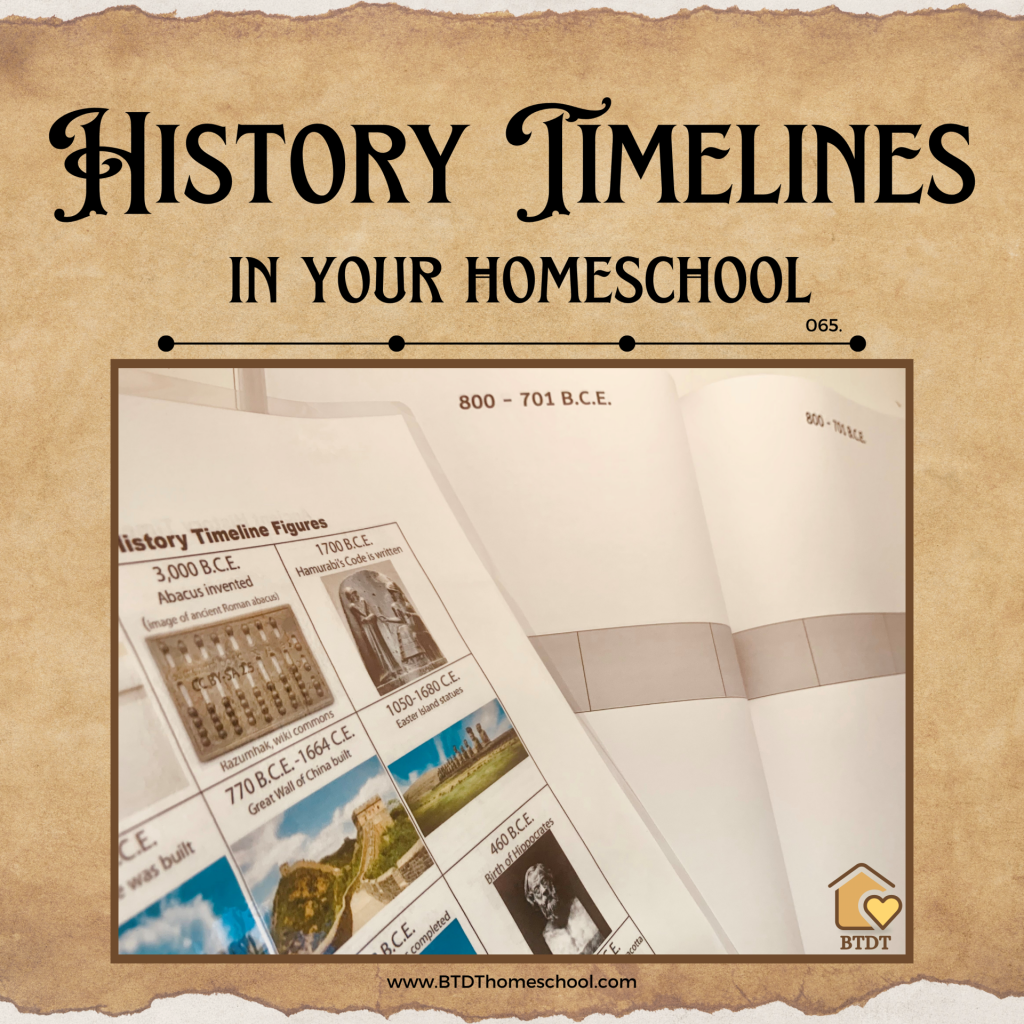018.
What is a homeschool Lifestyle?
How do you create lifelong learners?
How do you create habits that work for the entire family?
How do you create an environment that inspires learners?
Tune in this week while we discuss these topics and more!

Episode 018:
TWO WAYS TO LISTEN TO THIS EPISODE:
1. Click PLAY Button Above ^^ to listen here.
2. OR Listen on your favorite podcast platform:
Show Notes
Creativity and curiosity are the cornerstones of a lifelong love of learning. Children who learn to read well, become well-read adults. Children who are guided to follow their interests and passions are more likely to think outside the box. Children that are encouraged to be independent learners set themselves up for success in their job, business, and personal life.
If you are new to Homeschooling, visit our GETTING STARTED PAGE >>
In the school system, there is a lot of emphasis on factual memorization and standardized testing versus the more emotional and passionate elements of learning, like curiosity and wonder. The very concept of mass education promotes conformity to the standards of the state.
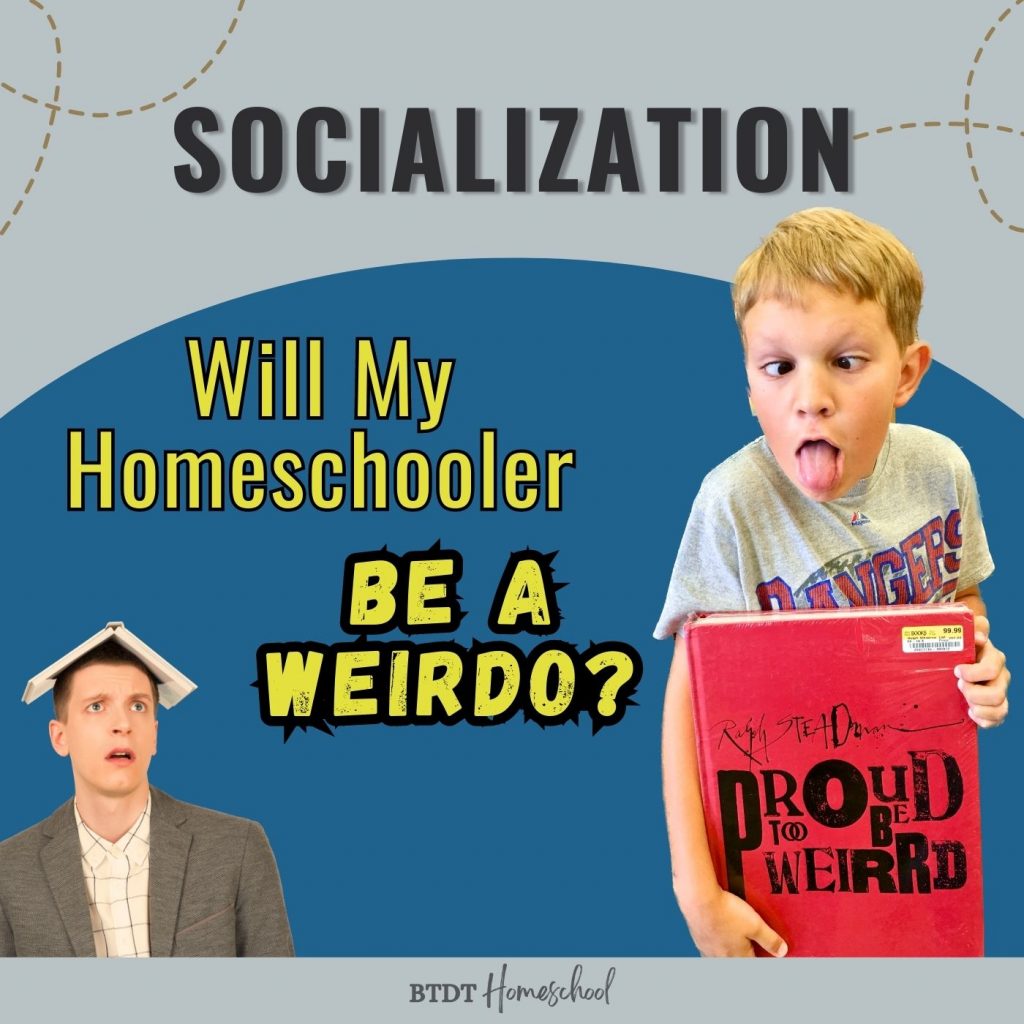
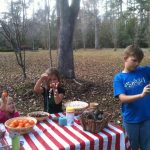
Schools tend to be a test heavy environment which creates students that are afraid to try new approaches for fear they will make mistakes or be “wrong”. They also tend to focus on core test subjects, even if their talents and aptitudes lie in other fields. Another downfall for this kind of environment is having a school system that relies on funding for test results so even teachers who are there for their love of teaching can get caught up in the teaching to the test.
There is no one who made a more profound and moving case for creating an education system that nurtures creativity than Sir Ken Robinson. Sir Ken passed away in 2020 but during his lifetime, he advanced the traditional idea of education more than anyone else. He was a British author, speaker, and advisor on education and was a Professor of Arts Education was knighted for his services to the arts. He made a huge impact on the way many people view education. His incredibly powerful TED Talk is still one of the most viewed TED Talks ever.
For many of us, homeschooling isn’t just the method of schooling we use from 8am-3pm every day. It is all encompassing and a lifestyle. This choice that we’ve made bleeds into everything we do and of course, we want it to be successful and we want to grow our students into responsible, caring, intelligent and independent adults. We want to instill in them a love of learning and encourage them to continue being lifelong learners well after they’ve left our homes as adults.
How do you create lifelong learners? (6:19)
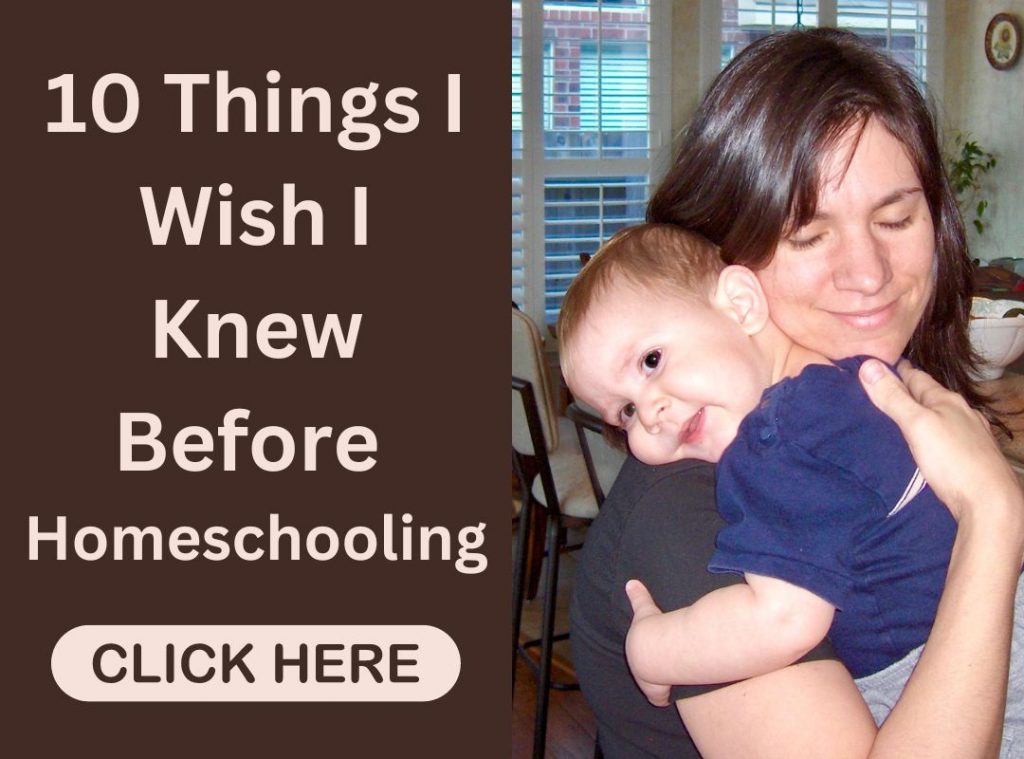
Inspire creativity and creative thinking
It can be so easy to get caught up in your everyday curriculum and forget the importance of creativity. Let loose, don’t be afraid to toss formal studies out the window in favor of writing stories, or putting on a puppet show and telling a story through toy play.
Embrace the Outdoors

Make sure your kids spend time outdoors as often as possible. Being in nature inspires creative thinking. It gives us valuable vitamin D and fresh air and a break. Many homeschool families are cultivating not only gardens but also a deep connection to the land and their community. These practices can bring a simpler and more connected way of life right into suburban neighborhoods and cul-de-sacs, showing how rural traditions can thrive in more urban settings. Learn more in Episode 067. Homesteading in the Suburbs
Encourage the Arts
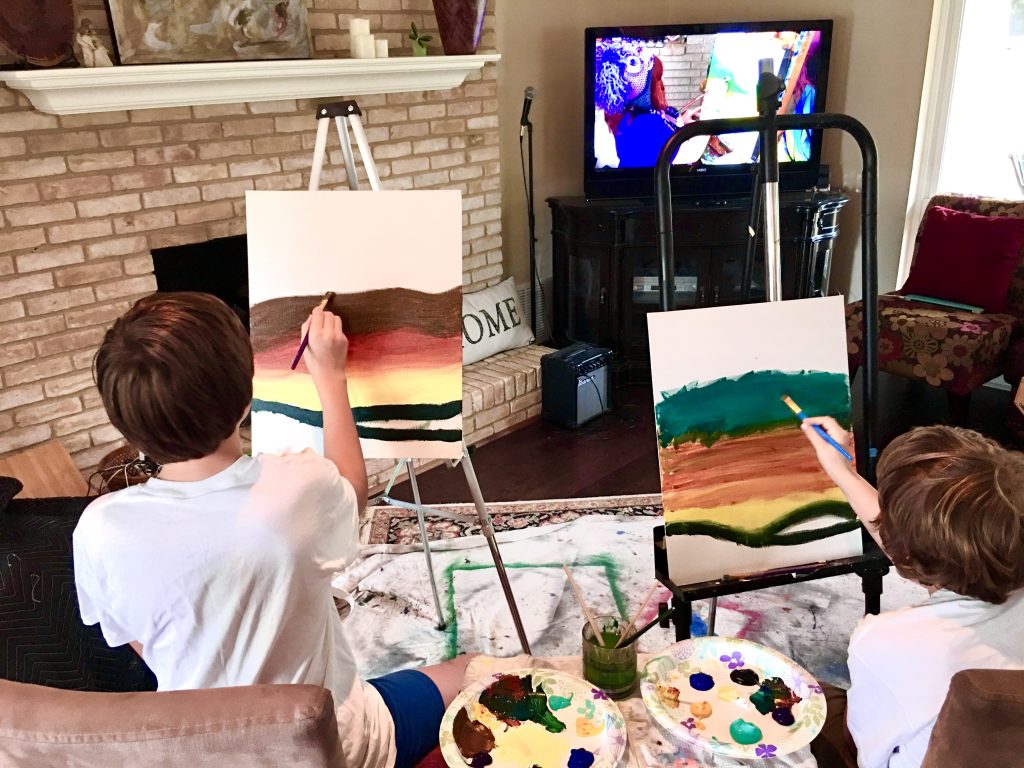
Creativity naturally pours out of children when they have a blank canvas in front of them. Art can take on many forms, whether it be poetry, cooking, music, painting, or drawing. Be sure to have supplies on hand to allow them to explore. Learn more about Incorporating Arts in your Homeschool.
Take a Technology Break
Technology is awesome and almost surely a part of your homeschool, but unfortunately, tech can also inhibit creativity. Sometimes you can really ignite creativity by taking a tech break. Download your FREE Social Media and Tech Guide.
Read, Read, Read
One of the best ways you can help your children think beyond themselves is reading. It is a great way for them to use their imaginations to visualize the characters and events in the stories. Top 50 Books for New Readers
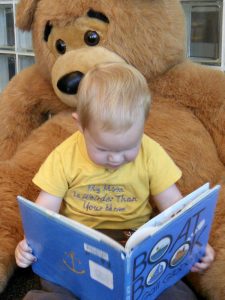
Encourage reading by reading to your children and encourage literature in your everyday life. Take them to the library and pick out their own books. Teach them how to find a book when they want to learn something new. Include many of your own curated selections.
- It’s ok to make Mistakes: Teach your children that mistakes are learning opportunities. Model Learning from your own mistakes; learn together; show how you learn from your own mistakes and help your children learn from theirs.
- Let them Ask Questions: Teach them to question things, and how to find answers. How to find answers is a powerful tool. It goes along with reading and a love of reading. We may not know the answer, but we know how to find it, and how to know if our source is credible.
- Give them Free Time: Give them freedom to explore. Provide books and an environment for learning. Also, Encourage reading by reading to your children and encourage literature in your everyday life. When they are younger, this means sometimes foregoing school to let them free play. And the older years, it’s important not to over schedule them so they have a lot of free time.
- Set Goals: Teach how to work towards a goal. Setting goals together can be a powerful tool to get your child engaged. Start with small goals and build to bigger goals. Make a goal together, work on it together, and teach them that sense of accomplishment. Get your FREE Planner Templates.
- Celebrate: Be sure to celebrate their accomplishments. It helps to create excitement and enjoyment when you meet your goals. This is an important part of the process.

Our children are always learning and we are always modeling for them. That means that parents and the other adults in their life are an incredibly huge influence from a very young age. If you want your children to be lifelong learners, you had better keep learning yourself. Children often follow in the footprints of their parents and we need to model the attributes we want them to develop.
We are both voracious readers and have always made reading and books a huge part of our children’s lives. Reading and a love of reading is one of the single most predictors to raising critical thinking and problem-solving skills.
Another important thing you can do to create, lifelong learners, is to let your children be a part of the planning process. When a child has the power to choose what or how they learn, they will be more engaged. Talk to them and bring them on board. Homeschooling is a cooperative effort and children learn passionately and joyfully when they choose the material.
How do you create habits that work for the entire family? (14:36)
Again, you have a huge responsibility to model habits that you want your child to have. It’s also important not to do for your children what they can do for themselves. We don’t want to coddle or cater to our kids, but rather allow them a safe space to make mistakes and learn from them. They naturally question, investigate, collect information, experiment, and hypothesize. All children are naturally critical thinkers so be sure to allow them the space to do that. Learn more about Finding Balance and Creating Habits for your Family>>

Education takes a large dose of discipline, not only for the kids, but for the parent, as well! Charlotte Mason believed that ⅓ of Education is Discipline. Discipline in the sense of controlled behavior, the way one conducts oneself, mental/physical training, etc.
We talked in a lot of detail on Episode 009 “Schedules, Routines and Rhythms” about the importance of finding a method that works for you and your family. Figuring out a pattern and devising a plan for your day will help you immensely and then you can fold in great habits along the way.
Habits are great because this can really be worked on with young kids but it’s also something to continue to model and to expect as kids grow. Some habits to work on or encourage with children are:
- Paying attention
- Following directions
- Using good manners
- Truthfulness
- Thoughtfulness
- Punctuality
- Taking turns
- Doing our best
- Gratitude
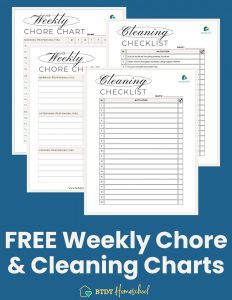
Home should have a greater influence on our children than friends and outside factors, especially in the younger years. Don’t be afraid of spending less time or limiting interactions with friends or family members that don’t support or instill good habits or encourage your kids negatively in other ways.
How do you create an environment that inspires learners? (17:49)
How do you picture education? A cold classroom, filled with bored kids? A teacher droning on about things that the students will soon forget? Some people don’t really think about education other than something for kids to do during the day, something to major in in college, or something that requires a lot of brains and isn’t for everyone. We are actually educated by people and friendships, our interests and passions, and we are inspired by our relationships. We want to make sure our kids have these three basic things to self educate: Something to love (parents, siblings, friends, pets), Something to do (If you are bored you are boring) activities: handicrafts, chores, reading, etc., Something to think about: things to see and hear and question and discuss.
BORED sign FREE for you!
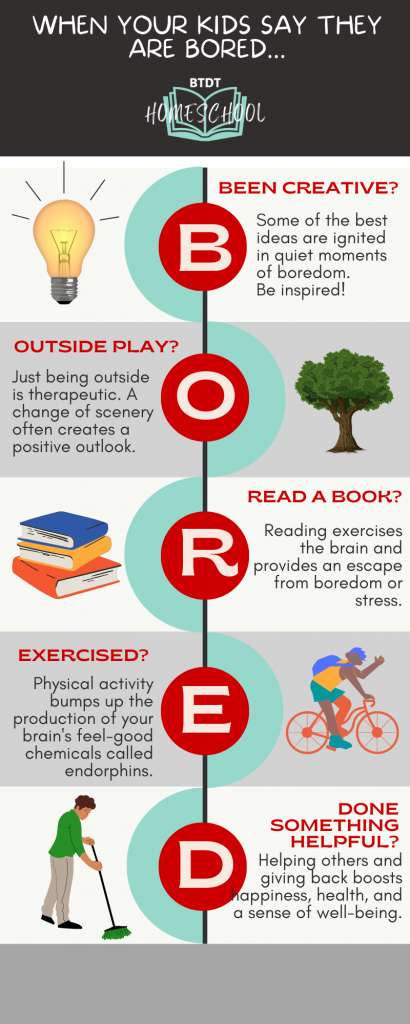
Charlotte Mason believed that ⅓ of Education is atmosphere.
Emily Cook in her book, “Literary Education” continues with that philosophy, saying “three keys to creating an educational environment in your home: surroundings, routine, and relationships… when these three things are in order, your home will be the perfect learning environment.”
A Literary Education by Emily Cook
When we talk about surroundings, remember that one does not have to have a huge home and lots of money and beautifully curate homeschool classrooms to cultivate a rich and comfortable learning environment. Really just a few things are needed:
A home library– again, while we can all hope and dream of spaces with books stacked to the ceiling and ladders to reach the highest place, your library could be a single shelf or basket where you rotate library books in and out. We always talk about loving our local libraries- we visit often to get heaps of books.
Amber O’Neal Johnston talks on her heritage mom page about how she curates her home library. She does a big library haul, gives books a few page test and flip through, separates into now, later, never piles, and then decides if books will be for family read- aloud, personal reads, or book club reads. She then purchases books she would like to keep in their permanent library. She also chooses a diverse selection of books in which her children see themselves and others who are different from them.
Amber O’Neal Johnston “A Place to Belong: Celebrating Diversity and Kinship in the Home and Beyond:
Check out her website: https://heritagemom.com/
Games- Keep a shelf or closet of games. Some elaborate, some simple classics, like dominos, dice, checkers. Games are great for inspiring learning and just great family or sibling bonding. Maybe keep little baskets around with plain decks of cards, or small card games, bananagrams, things with easy access. Having a chess board out can encourage random play.
Maps/timelines- It’s amazing how much learning kids do on their own, with just a map on the wall. They can’t resist looking up where they live and it also opens up conversations about where other relatives, or characters from shows, or other animals live.

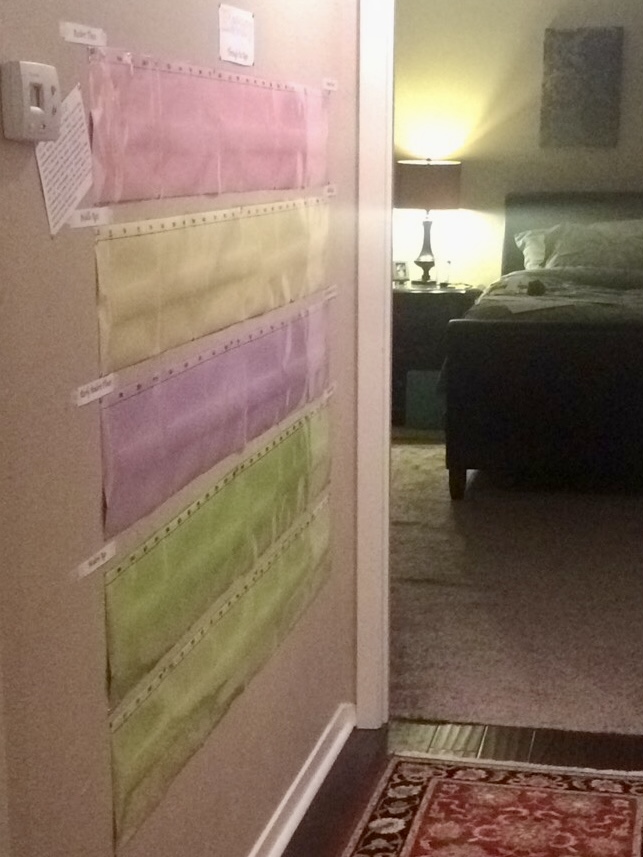
If timelines have been an assignment in your curriculum, you may also have one of those around. We kept ours in a book- a Book of centuries, but we also had timeline figures hung around the border of a room at one time in another house or a large wall timeline.
Place to store nature finds-when kids come home and empty out their pockets of all their rocks, sticks, treasures they’ve found in nature, they need a place to put them.
Even just a random box full of fossils, sharks teeth, dried sea things, cicada shells, is fine.
Bird basket- keep a bird basket by a back window by a feeder with binoculars and bird identification guides.
Poetry Tea time- a popular homeschooler activity is poetry teatimes. We have tried keeping a stack of great poetry collections out, but those aren’t as enticing as games and comic books, having a fancy tea time at your house once a week or month with delicious treats and snacks, will bring all your kids to the table! You may be surprised that everyone becomes a fan of poetry this way.
Music appreciation– from a very young age, we always kept a variety of music instruments in our home. A basket of harmonicas, a keyboard, boom sticks, drums, guitars, ukeleles, all kind of stuff. These can be outside an actual instrument that they may take lessons to play. We also still have an old school cd player with classic music and Beethoven’s Wig cds for kids to listen to. My kids have record players, too.
A Child’s introduction to the Orchestra
Creative Corner- have a table or area with craft and art supplies- paints, markers, crayons, paper, other mediums, glue, tissue paper, etc. at the ready. Leave no instructions, just have it there for kids to create at their leisure.
Wall space- hang art and artwork- if you can spare the wall space, have a spot designated to hang up art. Art made by your kids and art by others. It’s really simple to build art appreciation just by exposure.
Frames:
Kids Artwork Picture Frame opens in front – Displays 8.5×11 With Mat
Science- if you have science loving kids, maybe have some books with easy experiments and some supplies nearby. A set of magnets can be fun for hours! We also enjoyed paper airplane books, rope and pulley sets, snap circuits. Check out the resources on our Science Page >>
Julie Bogart’s book “The Brave Learner: Finding Everyday Magic in Homeschool, Learning and Life” is a great read. She talks about Enchanted Living and education and making learning Magical. She has these 4 forces of enchantment- surprise, mystery, risk, and adventure and ways to bring those elements into your homeschool.
When children are surrounded by and inspired by great learning, they will become great learners. Charlotte Mason said, “Education is an atmosphere, a discipline, a life.”
Children are naturally curious and are always looking for answers.
As homeschoolers, we have a huge advantage to follow the natural interests of our children. So do that! Watch them, observe them, and find out what ignites them! Provide a creative space, supplies and let them explore. It’s important not to over schedule your children. They need plenty of downtime away from tv, devices and structured activities so they can have thoughts and dreams. We accomplish our schoolwork in a couple of hours every day and then they spend the rest of the day pursuing their own interests.
If you have very young children, preschool or kindergarten, I highly suggest that you listen to our episode 5, “What your preschooler should now”. Instilling a love of learning and life is so much more important than anything you could teach from a curriculum, and they will continue on with these skills for the rest of their lives!





